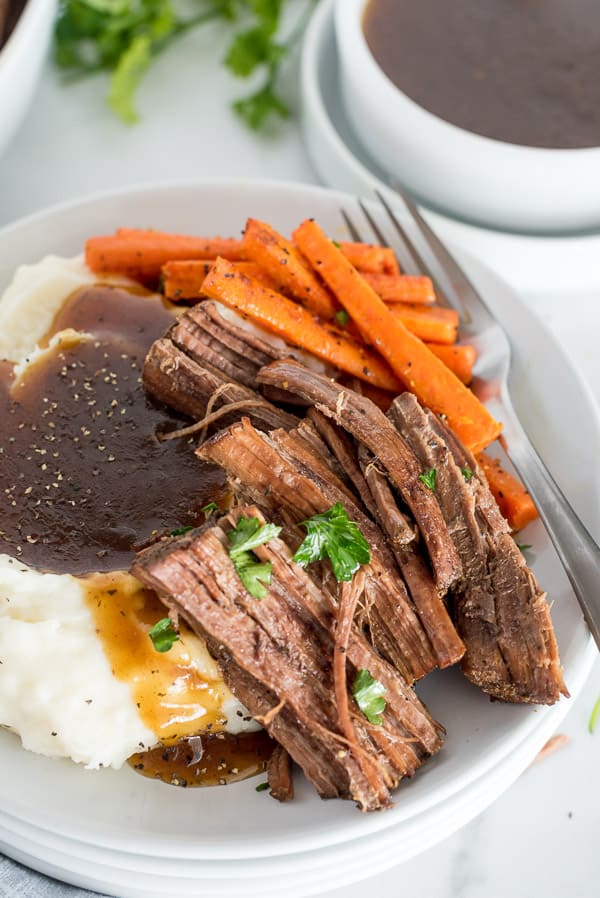Exploring the Different Cuts of Meat: A Guide to Perfect Selections
Exploring the Different Cuts of Meat: A Guide to Perfect Selections
Blog Article
From Farm to Table: Fresh and Premium Meat Choices
The journey of meat from farm to table encapsulates a complex interplay of quality, principles, and sustainability. With an enhancing emphasis on fresh and superior alternatives, consumers are currently more inclined to take into consideration the beginnings of their food, resulting in a restored concentrate on sustainable farming methods and pet well-being requirements. This shift not only boosts the nutritional account of meat but also supports regional economic climates. The implications of these selections expand far beyond individual wellness and regional farming. What does this mean for the future of food systems and customer routines?
Recognizing Meat Sourcing
As consumers become increasingly familiar with the origins of their food, comprehending meat sourcing has actually gained paramount significance. Meat sourcing involves tracing the journey of meat from farm to table, including different elements such as farming practices, pet welfare, and ecological impact. This understanding equips customers to make enlightened options that align with their values, specifically pertaining to sustainability and ethical considerations.
The sourcing of meat can differ substantially based upon several requirements, including the sort of animals, farming methods, and geographical area. As an example, grass-fed beef commonly comes from pasture-based systems that promote animal welfare and reduce environmental degradation. Conversely, conventional meat may include extensive farming techniques that raise issues pertaining to antibiotic usage and habitat destruction.
Furthermore, traceability plays a critical duty in meat sourcing. Knowing the particular ranch or area where the meat comes from assists consumers guarantee quality and safety. Many consumers currently look for accreditations or labels that suggest humane therapy and lasting methods, showing a growing demand for openness in the food supply chain. Eventually, recognizing meat sourcing not just improves consumer selection yet likewise promotes responsible intake and sustains honest farming practices.
Advantages of Fresh Meat
Selecting fresh meat offers countless advantages that expand beyond taste and structure. Fresh meat usually retains greater nutritional worth compared to its icy or processed equivalents. It is typically richer in important nutrients, such as B vitamins, iron, and zinc, which are important for keeping general wellness.
Furthermore, the sourcing of fresh meat often includes much shorter supply chains, decreasing the time in between farm and table. This indicates that the meat is much less likely to shed its dietary stability throughout transportation and storage space. In addition, consumers can experience improved preference and juiciness, which can elevate culinary experiences.
Fresh meat additionally provides a chance for customers to support regional farmers and advertise lasting agricultural methods. When buying from local sources, individuals can add to their neighborhood economic climate and promote a better connection to the food they take in.
Last but not least, fresh meat is usually devoid of the chemicals and ingredients frequently discovered in processed alternatives. This makes it a cleaner, healthier alternative for those aiming to decrease their consumption of man-made components. In general, the benefits of picking fresh meat incorporate health and wellness, taste, and a sense of community involvement.
Pet Welfare Criteria
Guaranteeing high pet well-being requirements is essential for both moral factors to consider and the quality of meat products. The therapy of livestock straight affects not only the moral ramifications of meat production yet likewise the total high quality and safety of completion items. Animals elevated in humane problems are less stressed, causing healthier pets and, consequently, premium meat high quality.
Regulations and certifications worrying animal welfare have become increasingly considerable in the meat market. These frameworks ensure animals are supplied with ample space, proper nourishment, and humane handling throughout their lives. Practices such as pasture-raised systems and free-range atmospheres add to much better pet welfare by enabling animals to show natural behaviors, which is essential for their health.
Additionally, consumers are ending up being extra discerning relating to the resources of their meat, leading to a growing need for items that adhere to rigid pet well-being standards. This shift not just advertises moral farming practices however additionally urges producers to adopt procedures that boost the wellness and welfare of their animals. Meat. Eventually, prioritizing pet well-being is not simply an ethical imperative; it is additionally a pathway to producing premium-quality meat that satisfies consumer assumptions

Lasting Farming Practices
Lasting farming practices play an essential duty in improving both animal well-being and the high quality of meat items. By implementing rotational grazing, farmers can advertise healthy field ecosystems, allowing animals to feed on nutrient-rich grasses while preventing overgrazing.
In addition, sustainable farming typically integrates integrated parasite administration and natural click now feed choices, reducing using unsafe chemicals. This approach not just safeguards animal wellness but likewise results in cleaner, much safer meat items for consumers. Water conservation strategies, such as rainwater harvesting and reliable watering systems, better add to sustainable methods, guaranteeing that resources are utilized carefully.
Moreover, promoting biodiversity with polyculture systems and maintaining habitats for wild animals boosts the durability of farming communities. By prioritizing these sustainable approaches, farmers can create high-quality meat that fulfills customer need while advertising environmental equilibrium. Ultimately, embracing sustainable farming methods is necessary for producing a more responsible and resistant food system that benefits animals, farmers, and customers alike.
Deciding On High Quality Over Quantity
Often, customers are confronted with the predicament of picking between my site amount and high quality when it concerns meat items. While purchasing larger amounts might appear economically advantageous, the long-lasting advantages of choosing high-quality meat much exceed the immediate cost savings. Quality meat is commonly sourced from pets elevated in sustainable atmospheres, where they are given appropriate nutrition and treatment, bring about remarkable taste and dietary value.
High-grade meats are usually devoid of damaging ingredients, hormonal agents, and anti-biotics that are frequently present in mass-produced choices (Meat). This not just ensures a much healthier dining experience but likewise sustains ethical farming methods that prioritize animal welfare. In addition, premium meats often tend to have a far better structure and flavor, enhancing the general culinary experience
Purchasing top quality meat motivates customers to appreciate smaller view it now sized portions, permitting a much more mindful technique to consuming. This change not only influences personal health favorably yet also advertises sustainable consumption patterns that can profit the atmosphere. To conclude, focusing on top quality over amount when selecting meat items promotes a more liable and health-conscious way of living, eventually improving both the eating experience and the world.
Verdict

Report this page